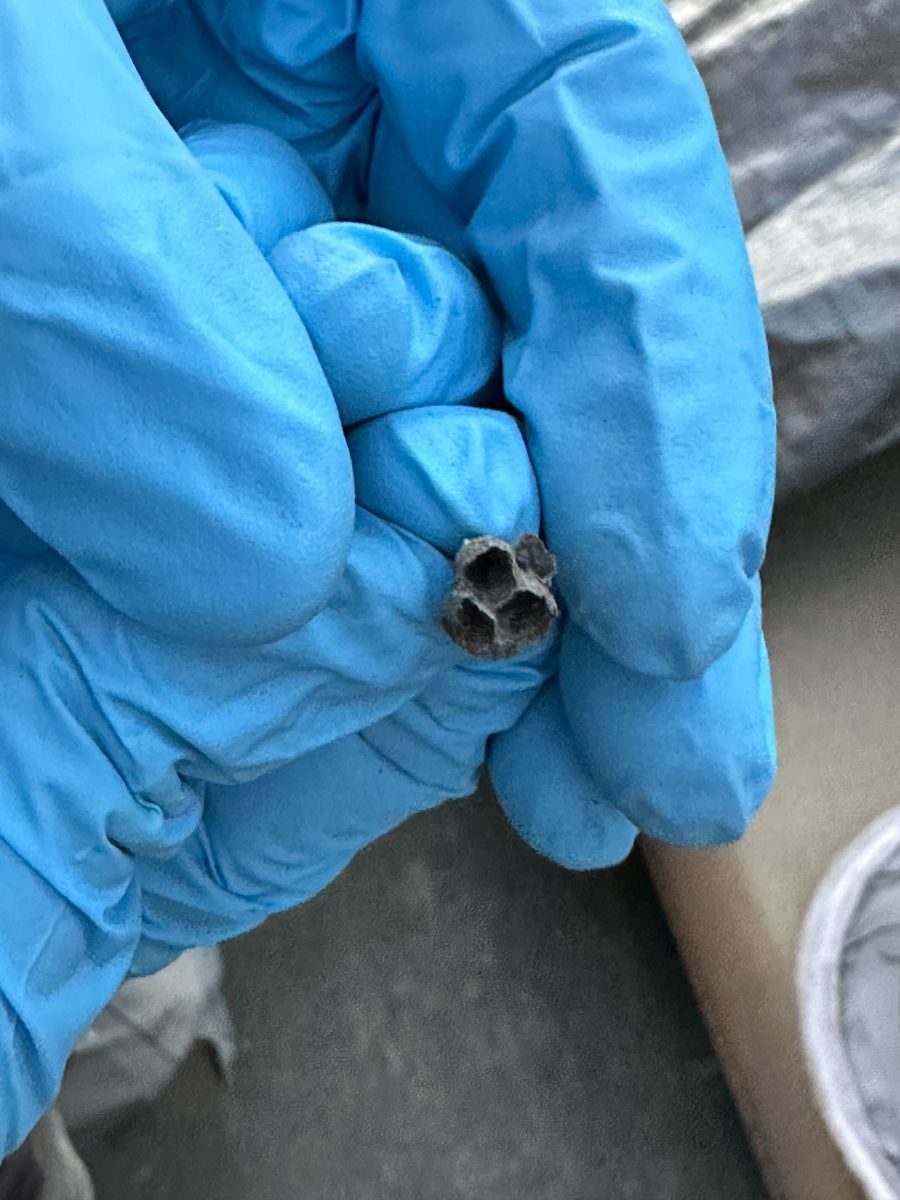ADVERTISEMENT
Found This Underneath My Patio Furniture Cover: What Is It and What Should I Do?
If you’ve ever lifted the cover of your patio furniture only to discover something strange or unsettling lurking underneath, you’re not alone. Many people have encountered odd objects, critters, or unexpected surprises under their furniture covers. Whether it’s something harmless or a potential cause for concern, it’s important to know how to handle it.
So, if you’ve found something underneath your patio furniture cover and are wondering, “What is it?” and “What should I do?”, read on. In this article, we’ll explore some common things that may appear and guide you on how to deal with them effectively.
1. Rodents or Nesting Materials
What It Could Be:
It’s not uncommon to find rodent nests under patio furniture covers, especially if your outdoor area is near bushes or wooded areas. Mice, rats, or squirrels may seek shelter under furniture, using the area to build nests made from twigs, leaves, or even fabrics.
What to Do:
- Inspect for Signs of Activity: Look for droppings, chewed materials, or small holes. These are all signs that rodents may have taken up residence.
- Remove the Nest Carefully: Wear gloves when removing any nesting materials to avoid contact with potentially harmful parasites.
- Clean the Area Thoroughly: Clean the furniture and surrounding area with a disinfectant to remove any germs or bacteria.
- Prevent Future Nests: Consider placing mothballs or using natural deterrents like peppermint oil around the area to discourage rodents from returning. You may also want to check for any openings or cracks in your patio where they could gain access.
2. Insects or Insect Nests
What It Could Be:
Insects are notorious for hiding in dark, sheltered spots, and your patio furniture cover is a perfect place for them to gather. If you’ve found a beehive, wasp nest, or ant mound, it’s best to approach the situation cautiously.
What to Do:
- Identify the Insects: If you see bees or wasps, don’t disturb the nest as they can become aggressive when threatened. Use an insect identification app or take a photo and consult with a professional if you’re unsure.
- Use a Natural Insect Repellent: For ants or smaller pests, try using vinegar or diatomaceous earth around the furniture and the affected area. Both can help deter insects naturally.
- Call a Professional: If you find a large nest of aggressive bees or wasps, it’s best to call a pest control professional to safely remove the hive or nest.
3. Fungus or Mold
What It Could Be:
If the weather has been particularly damp or humid, it’s possible that mold or mildew has begun to grow under your furniture cover. This is especially common if your cover is old or hasn’t been washed in a while. Mold and mildew can thrive in warm, wet conditions, and they can sometimes be hard to spot until they’ve spread significantly.
What to Do:
- Inspect the Area for Discoloration: Look for dark, fuzzy spots or patches of white or green growth, which are typical signs of mold or mildew.
- Clean the Area: Use a mixture of one part vinegar to two parts water to scrub the affected area. For stubborn mold, you can use a commercial mold cleaner.
- Dry the Furniture Thoroughly: After cleaning, let your furniture dry completely in the sun, as sunlight can help kill remaining mold spores.
- Prevent Future Growth: Ensure that your patio furniture is covered properly when not in use and that the area remains dry. You can also use mold-resistant sprays designed for outdoor fabrics to protect your furniture from future mold issues.
4. Animal Droppings
What It Could Be:
If you find animal droppings under your patio furniture cover, it could be from a variety of animals like raccoons, possums, or stray cats. Animal feces can sometimes be a sign that the area is being used as a temporary shelter or hiding spot.
What to Do:
- Wear Gloves When Cleaning: Always use gloves and a mask when handling animal droppings. Animal feces can carry diseases such as salmonella, leptospirosis, or parasites.
